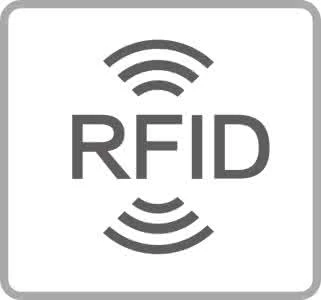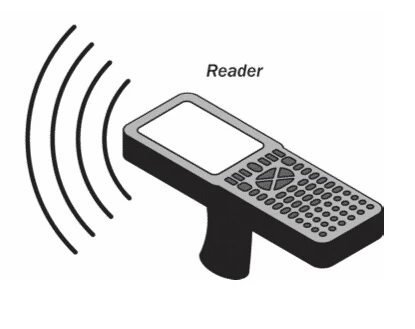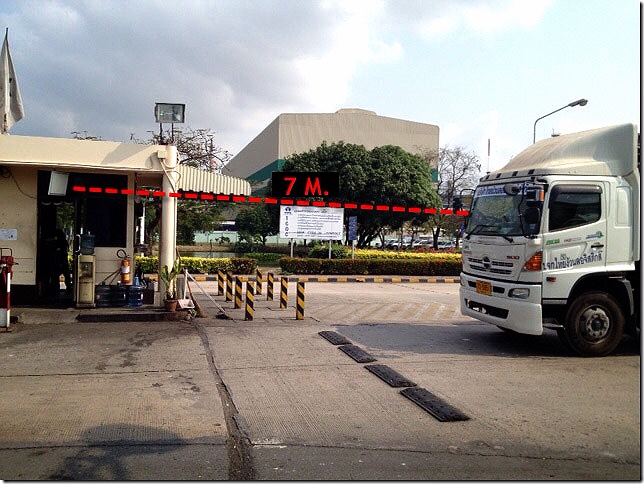The era of the Internet of Things is constantly developing. In the future, wireless technology that will help everything to communicate with each other is expected to usher in greater demand. such as radio freThe era of the Internet of Things is constantly developing. In the future, wireless technology that will help everything to communicate with each other is expected to usher in greater demand. such as radio frequency identification systems (RFID) that have been around for many years, but there are still many problems in the RFID field. The technologies are very different, especially since most of the technology providers specialize in only one of them, so it is difficult to decide which solution is good. In this case, in order to better understand RFID, it is necessary to re-understand RFID.

The RFID component includes an RFID tag with a built-in electronic chip that can be linked to an antenna, and can transmit information to an RFID receiving device (Reader), which requires a battery or an external power supply to provide the required power.

As for the RFID microelectronic chip power acquisition method, it mainly uses RF waves to remotely supply power to the RFID tag end each time it communicates with the receiving device. As a major feature of RFID systems, it can Upon request, it can respond to the instructions of the receiving device or transmit information, and the RFID chip can also decode the instructions from the receiving device through the power brought by the RF wave.
An embedded RF transmitter is embedded in some RFID chips, which can form its own RF signal. It is called "active" RFID. The transmitter of this type of technology is not only more complicated and costly. May not be enough to fully supply the required power, in order to avoid such complexity and allow the RFID tag to communicate with the receiving device at the same time, the RFID tag must adjust characteristics such as impedance and radar equivalent surface.
In this case, it will help to modify the signal characteristics such as amplitude or phase of the active RFID tag transmitted to the receiving device. This technology, also called backscatter or load modulation, is the basis of "passive" RFID. RFID is not embedded in the RF transmitter.

Although RFID is not the only automated identification and data capture technology in the world, today, such as 1D or 2D barcodes and optical auto-recognition technology (OCR), has also been widely used in the market and has relatively low price advantages.
Even so, RFID technology has several competitive advantages.
First, RFID has the advantage of non-contact receiving. Depending on the frequency and the size of the tag, the passive RFID tag's receiving range can range from a few millimeters to several meters; the active RFID tag's receiving distance up to 100 meters or more is not a problem.
Second, RFID does not require optical visibility or tag reception, even if metal and some other materials form strong interference, or special tags are needed to overcome this problem.
Third, it can receive multiple tag signals at the same time. For some communication protocols, the receiving device can identify hundreds of different RFID tags in seconds;
As for how to classify various types of RFID, the most common way is to classify the frequency of different RFID systems, such as low frequency (LF), high frequency (HF), and ultra high frequency (UHF), but in addition to these three classifications Outside the law, four types of classification can still be summarized from the electricity and communication methods carried by the electromagnetic waves between the RFID tag and the receiving device.
First, between the RFID tag and the receiving device, electromagnetic waves or electric waves are used to carry electricity and communicate with each other. It is also called "near field wireless communication" (NFC) or far field operation technology.
The second is to classify whether the RFID tag has an embedded RF transmitter built-in, that is, to classify using active or passive technology.
The third is whether the chip built in the RFID tag is a read-only chip or a built-in non-read-only chip that can write new information to the chip once or several times through instructions transmitted by the RFID receiver.
Fourth, classify the communication protocol used between the RFID tag and the RFID receiving device.
Contact: Martin
Phone: 19163869243
E-mail: sales@ze-pu.cn
Add: 2/F Building 1, Hongfa Jiateli High-Tech Park, Shiyan, Baoan Shenzhen,China